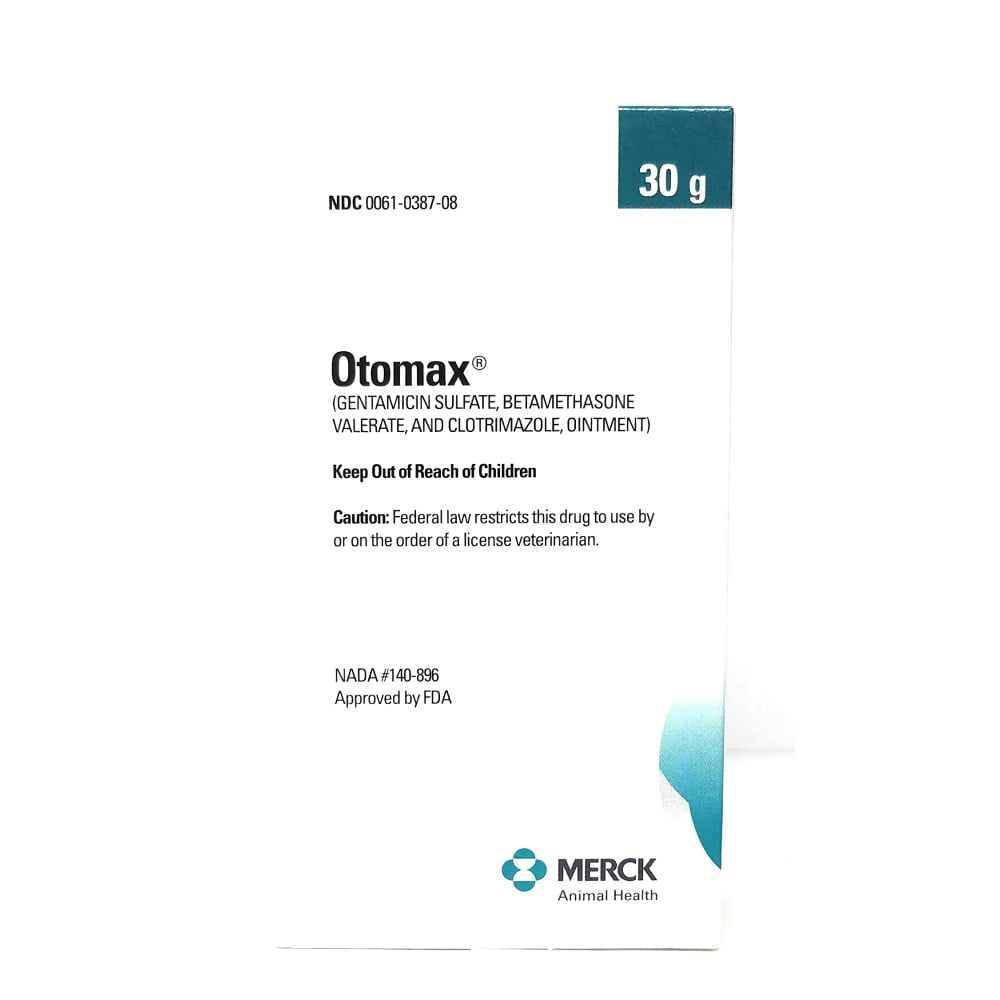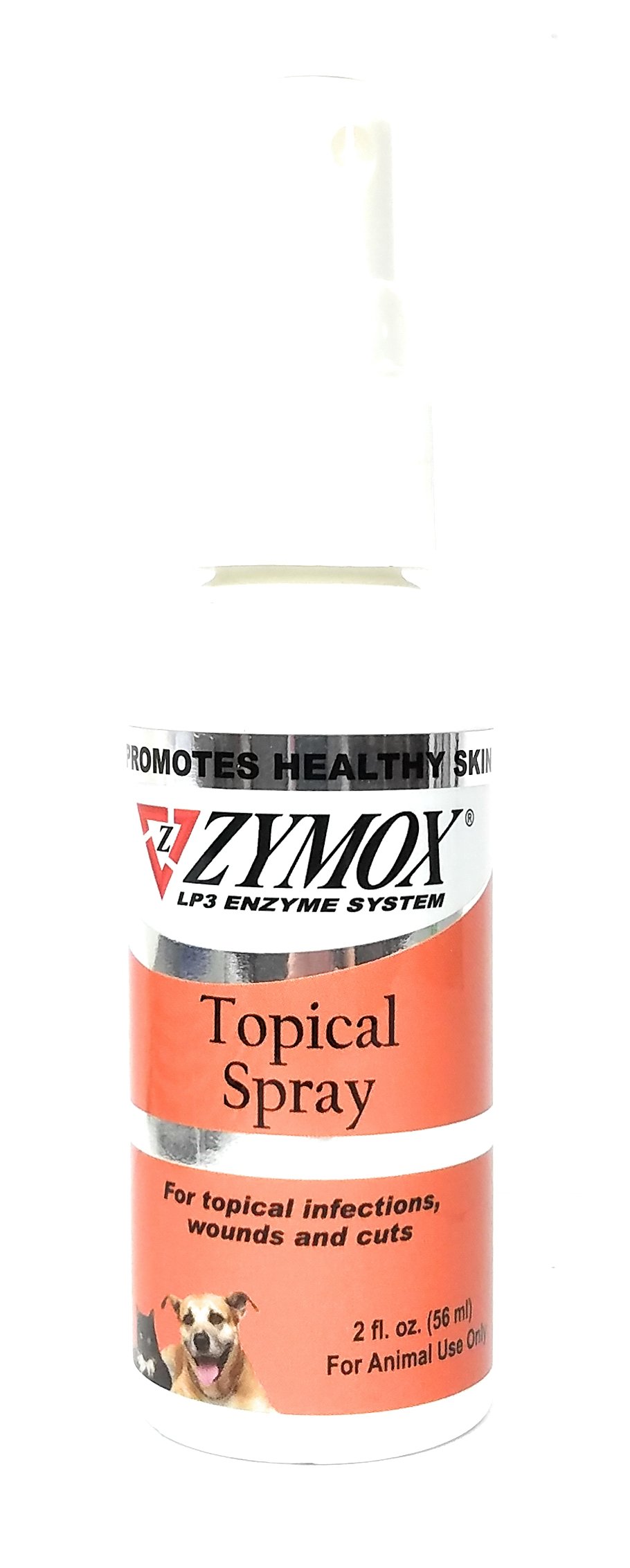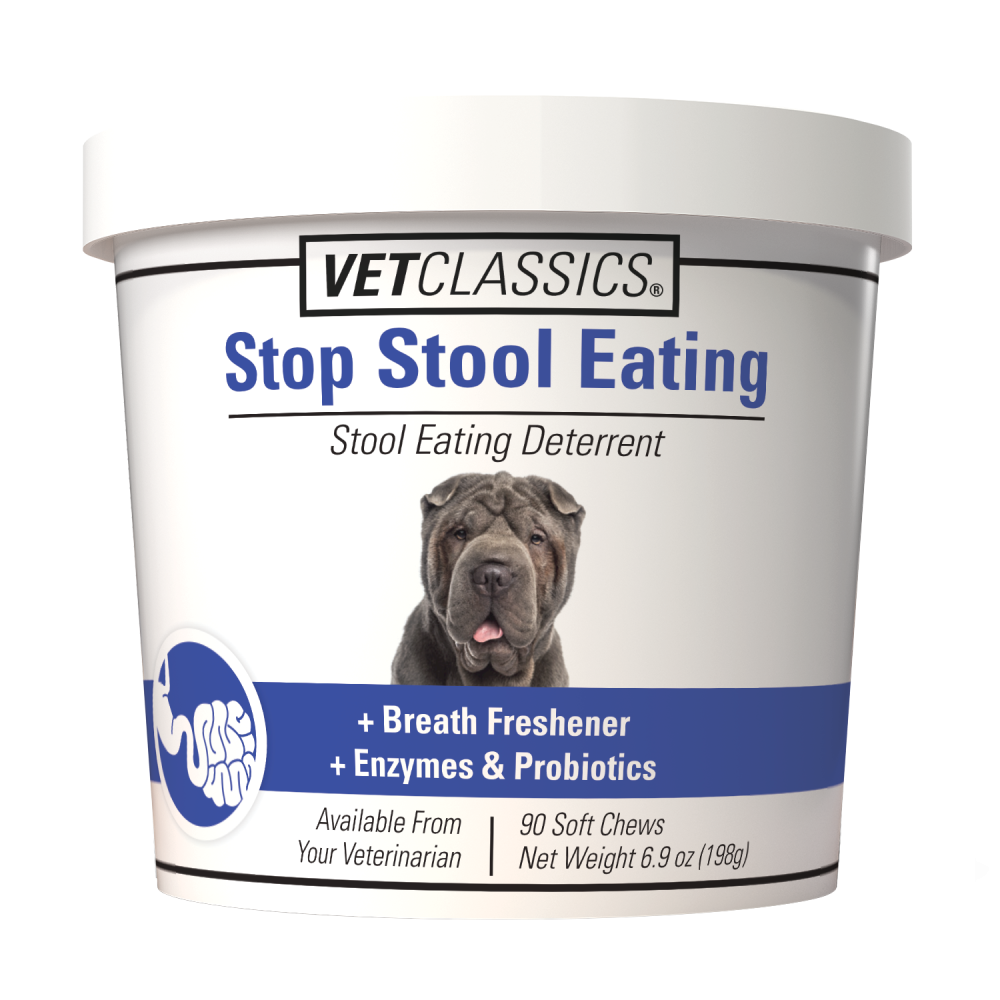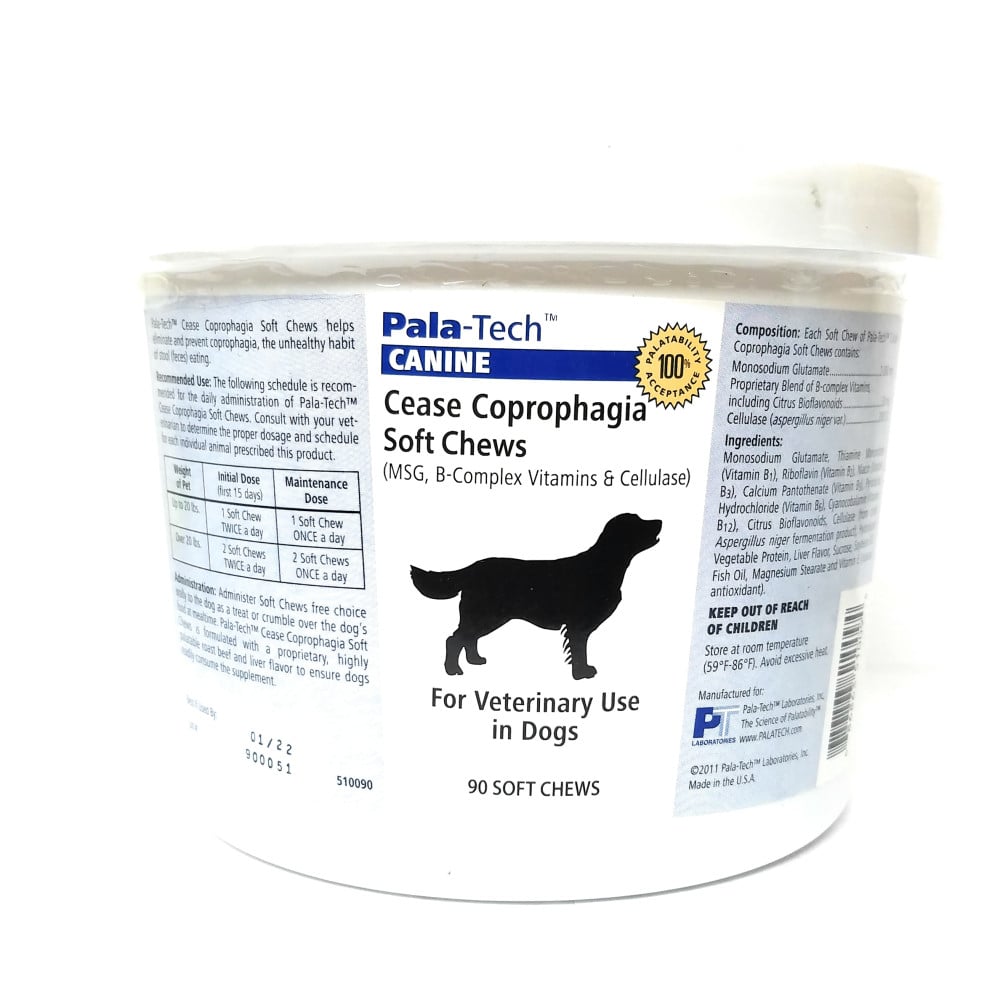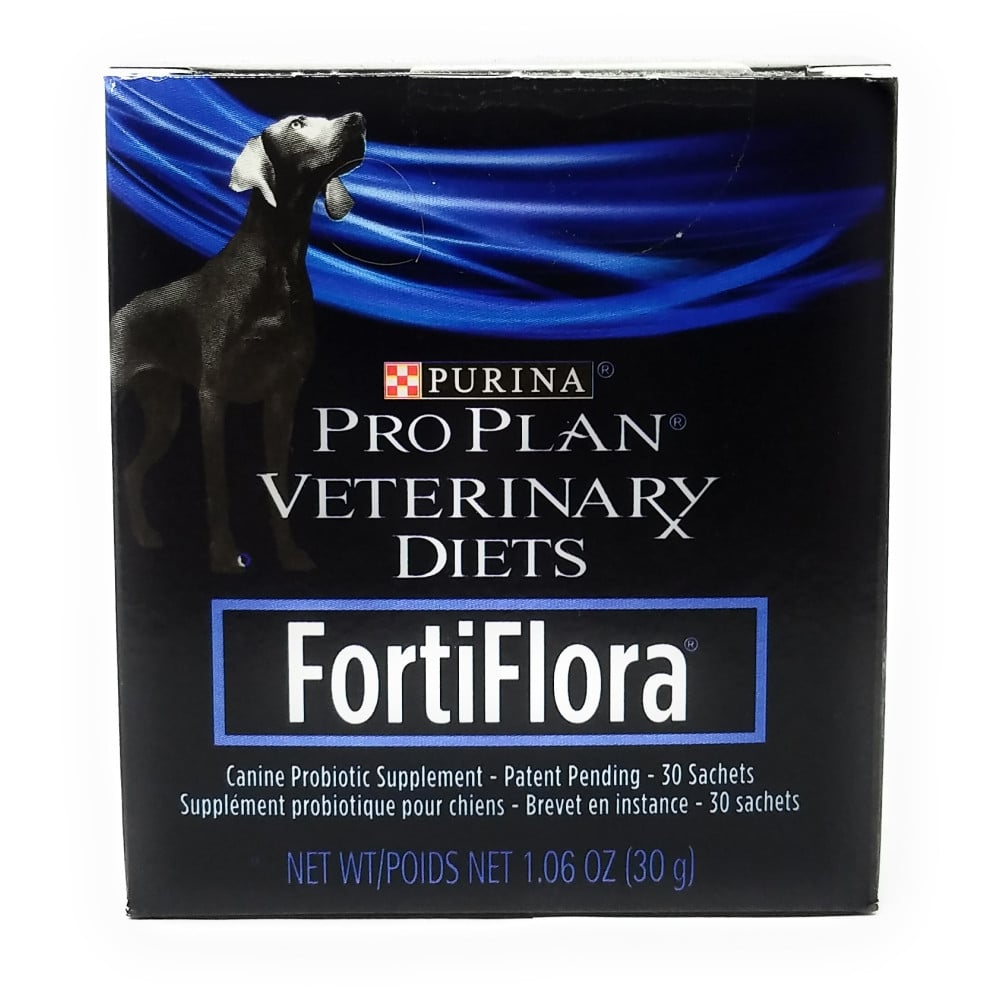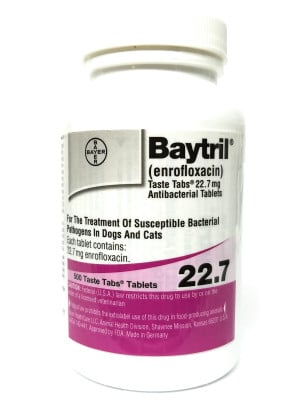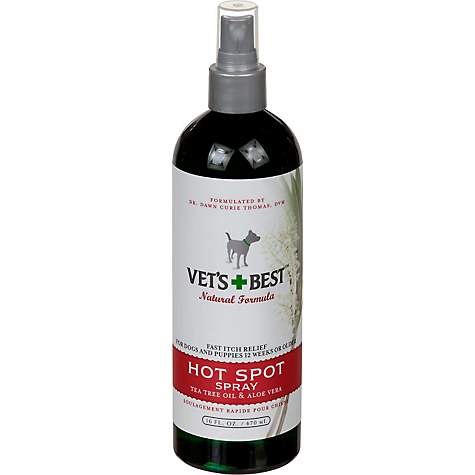Unexpected Veterinary Drug Interactions 
Rimadyl & Prednisone in dogs
I had a very bad scare last night. Jazzy had some wheezing issues so took her to the vet who administered a steroid to help inflammation. I was given some Rimadyl for later and she casually mentioned not to give it till Saturday - a couple of days away. In the commotion of giving out medicines (we had a diarrhea epidemic, two elderly dogs, and general chaos), I totally forgot this and gave Jazzy some Rimadyl forgetting the instructions to wait a couple of days. It COULD have been a fatal mistake! I knew there were drug interactions, but for some reason you don't think of it with your dog.
How many people go to the vet, get a shot, not even knowing what's in it? (a couple of days before a vet gave Mocha a shot with Penicillin in it and the vet never even told us! She just said it was for nausea neglecting to mention she put penicillin in there too). Apparently there are combinations that can kill your dog, or at least make him sicker, and you may not know it until it's too late. I wrote this to prevent you from having the sleepless night I had worrying about what I'd done. In the end, Jazzy was fine...but it was quite a scare and at her age could have easily been a fatal outcome had she not been in generally good health!
A steroid (such as corticosteroid, glucocorticoid) should NEVER be given at the same time as a non-steroidal anti-inflammatory drug (NSID's - aspirin, Rimadyl).
This is a well established pharmacologicic principal, but for some reason, is almost never passed on to patients. Pet owners need to be aware of this important issue so they can be advocates for their pets, as well as avoid making the innocent mistake I did. There are exceptions, such as treating diseases like immune-mediated hemolytic anemia, but that is the exception and must be watched closely by your vet for complications.
However in most cases, it's a big No No! This is what usually happens - a doctor prescribes these drug classes together, forgetting they must not mix NSAIDs at anti-inflammatory does with steroids; or a veterinarian prescribes a steroid for a specific condition but while the pet is recovering the family is concerned the pet has some pain and without consulting a vet, gives an NSAD (like aspirin). The result can be fatal.
NSAIDs for use in dogs and cats include:
- Carprofen (Rimadyl)
- Deracoxib (Deramaxx)
- Meloxicam (Metacam)
- Firocoxib (Previcox)
- Robenacoxib (Onsior)
- Tepoxalin (Zubrin)
Steroids commonly prescribed for cats and dogs that should NEVER be given with NSADs are:
- Prednisone
- Prednisolone
- Triamcinolone (Vetalog)
- Methylprednisolone (Depomedrol)
- Dexamethasone
- Cortisone
- Betamethasone
- Hydrocortisone
- Fluticasone
- Budesonide
Why this is such a bad combo!
Non-steroidal anti-inflammatory medications (NSAIDs) work by blocking production of prostaglandins that cause inflammation. These are commonly used for arthritis, or other chronic inflammatory conditions for pets. Steroids also suppress a pet's response to inflammation by affection prostaglandin production. This additive effect an be very dangerous and potentially lethal. Because in cats and dogs some prostaglandins are actually protective - especially in the gastrointestinal tract, kidneys and liver. When given at the same time as a NSAID, blood supply to these vital organs can be severely impeded potentially leading to acute kidney injury, liver damage and ulceration and/or perforation of the gastrointestinal tract.
A combo of these medications also block production of a chemical produced by the blood platelets called thromboxane A2, which keeps the blood from clotting properly and potentially causing internal bleeding. NSAIDS also negatively affect the prostaglantins in the liver and kidneys, potentially resulting in decreased blood flow to these important organs. Given these side effects, NSAIDs should not be given to a pet with known or suspected liver or kidney disease. If there is this possibility, or your pet is older, a blood workup should ALWAYS be done before giving these drugs. There is an increased risk of ulcerative gastrointestinal disease, low blood pressure, and or an increased risk of bleeding.
Steroids themselves lead to the conservation of salt in the body, which is why a pet on steroids is usually glued to the water dish and may have urinary accidents.Other side effects include:
- increased panting
- increased appetite
- hair coat changes
- development of a pot-belly
- predisposition to secondary infections (skin, urinary)
- potential to develop diabetes mellitus (cats)
Make sure your vet obtains a thorough patient history and does a complete physical exam, and possibly blood work or urine test, before prescribing a NSAID or steroid, and ask about a waiting period if they are given together. In Jazzy's case, she got a steroid shot and I was sent home with some Rimadyl. The problem was, it was not that clear that they should NOT be given in close proximity to each other...they have a name for this - this is called a washout period between the two types of drugs. This period is a pause given when switching from one medication to another. It's not necessary with everything, but with certain medications it is important and necessary. The determining factor is the medications half-life which is the length of time
it takes for the dogs's body to get rid of half of the dose. Generally the longer the half-life, the longer the wait between stopping one drug and starting another. Many vets will not recommend giving aspirin or other common OTC drugs for this reason (especially over the phone without examining the dog)- if the dog ends up needing something stronger, they might not be able to give it because the two drugs will overlap. Some recommend up to a 7 day break between two drugs - but it actually depends on the animal, the drug, the half-life and other factors. If it's about controlling pain, sometimes other drugs can be used to control pain such as tramadol, fentanyl, hydrocodone, or codeine that don't present these overlap problems.
An adverse drug interaction is a veterinarian’s worst fear. If a patient is already on a drug and he unknowingly prescribes an interacting drug, he could potentially cause serious or even fatal consequences. The last thing he wants is for a patient to leave sicker than when they came in. There are tools for the vet and patient to avoid these interactions....your vet can sign up for a free trial here to check an interaction: the matrix. . It is difficult to accurately predict the possible interactions without the right tools, and many vets are unaware of specific interactions or forget to pass that information along to the pet's owners. Although most of the knowledge of drug interactions is from data in humans, many of these interactions are likely to occur in dogs and cats as well, so always ask your vet if there is something you should not give, if he prescribes these drugs:
- Cimetidine
- Ketoconazole
- Fluoroquinolones
- Metoclopramide
- Cisapride
- Furosemide
- Omeprazole
- Phenobarbital
Other known problems and potential interactions:
Cimetidine is a major P450 enzyme inhibitor, and decreases the clearance of many drugs, which may lead to drug toxicity:
• Chloramphenicol: dose-dependent leukopenia
• Metronidazole: neurologic side effects
• Lidocaine: GI and neurologic side effects
• Theophylline and aminophylline: theophylline toxicity
• Warfarin, propranolol, diazepam, midazolam, many others....
Because of many potential cimetidine interactions, alternative H2 blockers such as ranitidine, famotidine, or nizatidine (which are not P450 inhibitors at therapeutic concentrations), should be chosen over cimetidine for patients treated with multiple drugs. Ranitidine and nizatidine have the added advantage of prokinetic effects, which may counteract gastric atony in clinically ill patients.Sucralfate - Aluminum-containing drugs such as sucralfate can form complexes with many other drugs in the GI tract, markedly decreasing drug absorption:
• Fluoroquinolones: poor bioavailability even 6 hours after sucralfate in humans
• Tetracycline and doxycycline: marked inhibition of oral absorption by sucralfate
• H2 blockers: sucralfate delays, but does not decrease the extent of, the absorption of H2 blockers; therefore staggering of dosing is probably NOT required for sucralfate and H2 blockers
• Theophylline, aminophylline, digoxin, azithromycin: sucralfate may decrease efficacy
• This is a physicochemical interaction that is likely to occur in dogs and cats as it does in humans.Ketoconazole and itraconazole are best absorbed at acidic pH; therefore, do not combine these drugs with:
• Omeprazole, H2 blockers, or other antacids
• Interestingly, increased gastric pH does not affect the absorption of fluconazole 1
Ketoconazole inhbits a cytochrome P450 enzyme, CYP3A, with a wide substrate range and high potential for drug-drug interactions. Ketoconazole is also an inhibitor of p-glycoprotein, an important drug efflux transporter in the intestine, kidney, and biliary tree. Ketroconazole can therefore decrease the bioavailability and/or clearance of many drugs:
• Cyclosporine: a favorable interaction; ketoconazole can allow lower doses of cyclosporine.
Recommended dosages: cyclosporine, 5 mg/kg once to twice daily, depending on disease being treated; ketoconazole, 10 mg/kg/day. Monitor ALT and clinical response. Whole blood cyclosporine can be measured at steady state (by one week). Target levels for immunosuppression in humans are 400-600 ng/ml.
• Digoxin: ketoconazole can lead to digoxin toxicity
• Amitriptyline, midazolam: ketoconazole could increase sedation
• Warfarin: ketoconazole may prolong its toxicity
Note: Itraconazole, like ketoconazole, also inhibits the P450 metabolism of the same drugs in humans.Fluoroquinolones - The absorption of oral fluoroquinolones is markedly impaired by drugs that contain divalent or trivalent cations, such as:
• Sucralfate, aluminum hydroxide, aluminum carbonate
• Calcium carbonate
• Oral iron, oral zinc
In humans and dogs, fluoroquinolones inhibit the CYP1A2 metabolism, of theophylline. This has lead to theophylline toxicity in humans. In dogs, enrofloxacin leads to higher plasma theophylline concentrations by about 30-50%.2Metoclopramide - As a dopaminergic (D2) antagonist and prokinetic agent, metoclopramide has several important drug interactions:
• Enhanced absorption of acetaminophen, aspirin, and alcohol overdoses via increased gastric emptying (shown in humans).
• Enhanced extrapyramidal side effects (tremor) in combination with phenothiazines (e.g. chlorpromazine, acepromazine) or selective serotonin reuptake inhibitors (e.g. fluoxetine), or with renal insufficiency.
• Metoclopramide reduces the amount of propofol needed for anesthetic induction in humans by 20-25% (mechanism unknown).
It has been suggested that metoclopramide may antagonize the effects of dopamine on renal hemodynamics. However:
• Metoclopramide has no effect on low dose dopamine-induced increases in GFR or effective renal plasma flow in humans.
• Dopamine increases urine output in cats 3 as in humans, but this is not inhibited by dopamine antagonists. 4Cisapride - Like ketoconazole, cisapride is a substrate of CYP3A. High plasma concentrations of cisapride can lead to potentially fatal cardiac arrhythmias in humans. Drugs that inhibit CYP3A may increase cisapride concentrations and increase the risk of cardiac side effects in humans:
• Clarithromycin, erythromycin (but not azithromycin)
• Fluconazole, itraconazole, ketoconazole
•Note: in one study in dogs, erythromycin did not alter cisapride pharmacodynamics. 5Furosemide - Several drug combinations with furosemide can lead to enhanced toxicity:
• Amikacin and gentamicin: nephrotoxicity is enhanced by furosemide; mannitol may be preferable to furosemide for treatment of acute renal failure due to aminoglycosides.
• Enalapril, benazapril: may cause hemodynamic changes leading to acute renal failure, when given with high doses of furosemide. Use conservative initial doses of ACE inhibitors when also starting furosemide, and monitor clinical status and renal function over the first 1-2 weeks.
• Digoxin: furosemide increases serum digoxin levels (independent of dehydration). Furosemide can also lead to hypokalemia and hypomagnesemia, both of which exacerbate the cardiac toxicity of digoxin. In addition, furosemide can lead to pre-renal azotemia, leading to decreased digoxin excretion. All of these interactions can lead to digoxin toxicity unless serum digoxin levels are monitored.
• Renal function and serum electrolytes should be routinely evaluated in all patients on furosemide.
Other drug combinations with furosemide can affect efficacy:
• Lidocaine: hypokalemia secondary to furosemide can blunt the antiarrhythmic effects of lidocaine. Serum potassium should be evaluated in patients with ventricular arrhythmias, and potassium supplementation should be considered if patients do not respond to lidocaine.
• Bromide: furosemide administration will increase the renal loss of bromide, and lower serum bromide concentrations, which may lead to seizure breakthroughOmeprazole is an inhibitor of some P450's in humans, and may inhibit the metabolism, and possibly increase the toxicity, of:
• Diazepam, midazolam
• Warfarin
As an inhibitor of gastric acid secretion, omeprazole can also decrease the absorption of:
• Iron supplements
• Ketoconazole and itraconazole (but not fluconazole, which does not require an acidic pH for absorption)Phenobarbital is a major P450 enzyme inducer in humans and dogs. Phenobarbital speeds the metabolism of many drugs in dogs, including:
• Glucocorticoids
• Mitotane – phenobarbital can lead to higher mitotane dosage requirements in dogs being treated for hyperadrenocorticism
• Ketoconazole
• Clomipramine
• Chloramphenicol – conversely, chloramphenicol is a major inhibitor of phenobarbital clearance, and can lead to sedation in dogs on phenobarbital
• Lidocaine
• Etodolac
• Theophylline
• Digoxin, propranolol, and many others...
However, phenobarbital causes minimal cytochrome P450 enzyme induction in the cat, 6,7 and therefore these P450-mediated drug interactions are unlikely in the cat.Clomipramine - Drug interactions in humans that may also affect dogs and cats. As a tricyclic antidepressant that inhibits norepinephrine reuptake, clomipramine can have pharmacologic interactions with monoamine oxidase inhibitors (which decrease the breakdown of norepinephrine and serotonin)
• L-deprenyl (selegiline): MAO inhibitors like L-deprenyl used in combination with clomipramine or amitriptyline can lead to "serotonin syndrome" (twitching, tremor, seizures) in humans
• Amitraz: an MAO inhibitor found in tick dips and collars; potential for interaction with tricyclic antidepressants like clomipramine
The metabolism of clomipramine can be inhibited by:
• Fluoxetine (Prozac): can lead to increased clomipramine levels and cardiac conduction disturbances in humans
• Ketoconazole, itraconazole
Cited references below (thanks to DVM360 for the list)
- Zimmermann, et al. The influence of gastric pH on the pharmacokinetics of fluconazole: the effect of omeprazole. Int J Clin Pharmacol Ther 1994;32:491-496.
Intorre, et al. Enrofloxacin-theophylline interaction: influence of enrofloxacin on theophylline steady-state pharmacokinetics in the beagle dog. J Vet Pharmacol Ther 1995;18:352-356. - Wassermann, et al. Dopamine-induced diuresis in the cat without changes in renal hemodynamics. Naunyn Schmiedebergs Arch Pharmacol 1980;312:77-83.
- Wright, et al. Pharmacokinetics of gentamicin after intravenous and subcutaneous injection in obese cats. J Vet Pharmacol Ther 1991;14:96-100.
- Al-Wabel, et al. Electrocardiographic and hemodynamic effects of cisapride alone and combined with erythromycin in anesthetized dogs. Cardiovasc Toxicol 2002;2:195-208.
- Maugras, et al. The hepatic cytochrome level in the cat (Felis catus): normal value and variations in relation to some biological parameters. Comp Biochem Physiol B 1979;64:125-127.
- Truhaut, et al. [Induction of cytochrome P 450 by phenobarbital in cats]. C R Acad Sci Hebd Seances Acad Sci D 1978;286:371-373.
Common Veterinary Prescriptions - Interactions and Side Effects
| Medicine | Uses | Interactions & side effects |
| Doxycycline | UTI, intestional infection, bacteria in body, anthrax, tick/mite/lice bites | asthma/sulfite allergy |
| Acepromazine | anxiety, motion sickness | anti-diarrhea, antacids, neomycin, epileptic drugs |
| Oxytetracycline | antibiotic | |
| Reglan/Metochlorpramide | increases contractions in digestion, acid reflux | seizures, tremors, no tetracyclines, tylenol |
| Baytril/enrofloxacin | neg and positive bacterial infections, skin/ear infections | loss of appetite |
| Rimadyl/carprofen | NSAID for pain inflammation | do not give with STEROIDS/Fatal |
| Meclizine | motion sickness, nausea | sleepy, dry mouth |
| Endosorb* | diarrhea, adsorb toxins in the gut to reduce the irritation | OTC no side effects listed |
| Centrine/Aminopentamide | vomiting, diarrhea, gastritis, and straining in maldigestion syndromes. | May see dry mouth, dry eyes, blurred vision, or difficulty urinating. |
| Tylenol 4 | NSAID for pain inflammation | no Rimadyl |
| Tylenol w/codiene | NSAID for pain inflammation | no Rimadyl |
| Tramadol | narcodic pain reliever | no MAO inhibitor, addictive, w/certain antibiotics, loss of apetite, sleepy, antifungal medications, heart or blood pressure medications can cause seizures |
| Predisnone | Addison's disease, inflammation from arthritis, allergies, and certain autoimmune diseases. | ncreased thirst, urination, and appetite, suppress immune system |
| Clavamox/Amoxicillin | infections found in cuts and wounds, the mouth, the upper respiratory system, and the bladder , includes Amoxicillin | No other antibiotics, antacids |
| Previcox | NSAID for pain inflammation | Gastrointestinal Bleeding, Ulceration, and Perforation |
| Sucralfate/Carafate | treat and prevent ulcers in the intestines. Sucralfate forms a coating over ulcers, protecting the area from further injury | nausea, vomiting, upset stomach more Cannot be taken with some antacids |
| Pepsid/Famotidine | like pepsid treat and prevent ulcers in pain/inflammation intestines | histamine2 receptor blocker class |
| Meloxicam | NSAID pain/inflammation, arthritis | Gastrointestinal Bleeding, Ulceration, and Perforation |
| Keflex/cephalexin | infections caused by bacteria, including upper respiratory infections, ear infections, skin infections, and urinary tract infections | gastrointestinal irritation, not peeing enough |
| SMZ (combo of sulfamethoxazole and trimethoprim. | ear infections, urinary tract infections, bronchitis, traveler's diarrhea, shigellosis, pneumonia. | avoid sunlight exposure, low sodium, |
| Flagyl/Metronidazole | antibiotic and antiprotozoal medication,certain stomach/intestinal ulcers caused by a bacteria | Not for nursing dogs |
| Meclizine | carsickness, nausea | |
| Preicox | arthritis pain, anti-inflamatory | |
| Temaril-P | Anti-tussive, kennel cough, bronchitis, throat infection, itching - STEROID | Potassium loss, do not just stop, No NSAIDs |
| Trazodone | anti-depressant, anti-anxiety | No MAO inhibitors, DO NOT CRUSH tablet, NO NSAIDs (pain/Rimadyl) works on brain seritonin |








